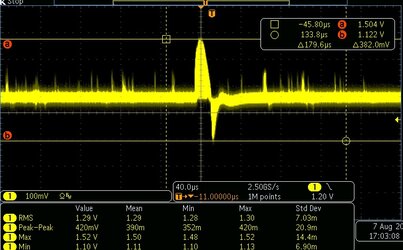- Thread Starter
- #41
I did some extensive in game testing with my gtx 970 and my vega 56. What I did was run the ingame benchmark on ultra and very high preset five times each.
On ultra preset I get 15-20fps more on average with my vega 56, on very high it's about 10 - 15fps more.
I then also did some actual gameplay testing where I went to specific locations at specific times of the day.
Even though I was able to achieve higher max fps with my vega 56 I wasn't quite able to achieve a good average/minimum fps. For example I would get 48-55fps with my 970 but only 44-55fps with my vega.
Which is really odd because at the least it should give me the same minimum fps as my 970, or not?
generally speaking I did not feel much of a difference between those cards in actual gameplay other than the vega dropping lower in fps than my 970.
I also set the power target to +50 and locked the boost clock of my vega so that it would not throttle. Unfortunately this had no impact...
I am really at a loss here because when benching this card you can clearly see that it is performing much better than my 970 but when it actually comes to gameply it is performing about the same if not even a little bit worse.
On ultra preset I get 15-20fps more on average with my vega 56, on very high it's about 10 - 15fps more.
I then also did some actual gameplay testing where I went to specific locations at specific times of the day.
Even though I was able to achieve higher max fps with my vega 56 I wasn't quite able to achieve a good average/minimum fps. For example I would get 48-55fps with my 970 but only 44-55fps with my vega.
Which is really odd because at the least it should give me the same minimum fps as my 970, or not?
generally speaking I did not feel much of a difference between those cards in actual gameplay other than the vega dropping lower in fps than my 970.
I also set the power target to +50 and locked the boost clock of my vega so that it would not throttle. Unfortunately this had no impact...
I am really at a loss here because when benching this card you can clearly see that it is performing much better than my 970 but when it actually comes to gameply it is performing about the same if not even a little bit worse.
